
Peugeot 2008 Estate (2013-2019) review

At a glance
| Price new | £13,195 - £24,540 |
|---|---|
| Used prices | £1,210 - £11,381 |
| Road tax cost | £20 - £215 |
| Insurance group | 8 - 24 |
Get an insurance quote with

|
|
| Fuel economy | 39.1 - 67 mpg |
| Range | 473 - 858 miles |
| Miles per pound | 5.7 - 8.6 |
| Number of doors | 5 |
| View full specs for a specific version | |
Available fuel types
Petrol
Diesel
Pros & cons
- Car-like handling
- Large engine range
- Grip Control option
- Awkward styling
- Poor performance from petrols
- Limited rear seat room
Peugeot 2008 (13-19) rivals
Overview
The Peugeot 2008 launched into a burgeoning crossover market, at the junction between old-school models that could actually off-road and the newer breed of hatchbacks-on-stilts popularised by the Nissan Juke. The 2008, despite its chunky looks, fell firmly into the latter camp, but did so while offering impressive practicality and a comfortable, unintimidating drive thanks to its Peugeot 208 underpinnings.
Ideal for older drivers who want something with a raised seating position, or young families who want a little more space than a supermini can offer. The 2008 has a wide range of good engines, a useful amount of space, and there are dozens of them on the used market to suit every budget.
Peugeot 2008 Mk1 known faults and common problems
The 2008 came after an era of generally poor Peugeot reliability, but itself it doesn’t seem to be beset by any major faults. Most owner complaints are for smaller niggles rather than any major woes, and the car in general appears to be pretty robust.
Pricing begins from just a few thousand pounds for the earliest cars – many of these may be high-mileage but quite well-looked after and shouldn’t be immediately discounted from your search, as the diesels in particular wear big mileages well. At the time of writing, £5,000 would buy a 2016 1.6-litre diesel with 100,000 miles on the clock and a full service history in the desirable ‘Allure’ trim.
Buying guide
1. RECALLS
The 2008 has been subject to a fair few recalls, including fairly serious mechanical work such as potential fuel leaks, suspension faults and engine oil leaks. Many of these only affected a certain engine or a few cars, but check carefully that any suggested recall work has been performed before you purchase a used 2008.
2. SIGNS OF A HARD LIFE
Many 2008s will have been drafted in to family use – that means school runs, supermarket trips and the like, often with children in the back. The exterior and interior may have suffered in the meantime so check out for dents and scuffs on the outside or marks on the interior plastics and stains on the seats inside. Larger alloy wheels may have been subject to kerb damage, too.
3. AUTOMATIC GEARBOX NIGGLES
The 2008 had an automatic gearbox from launch, but buyer beware. Early models used an automated manual gearbox that had really jerky shifts and poor performance. These are known as the EGC gearbox, and are best avoided. From 2015 the 2008 was available with an EAT6 conventional automatic which was much better, though even that it wasn’t quite up to the standard of rivals’ dual-clutch efforts.
4. GRIP CONTROL
The 2008 was never offered with four-wheel drive, but some models did offer ‘Grip Control’ – essentially a limited-slip differential for the front wheels that gives a little more surefootedness on slippery surfaces. This is quite effective, especially combined with good tyres, and even if you typically look for a four-wheel drive car you may find Grip Control suits your needs.
5. DPF-EQUIPPED DIESELS
All diesels were equipped with DPF (Diesel Particulate Filter) systems which require regular long runs. A 2008 that’s exclusively used on short runs around town may end up clogging its DPF with soot, leading to error codes and contamination of the oil system which can cause damage to the engine. Opt for a petrol 2008 unless you plan on at least one long motorway trip every couple of weeks.
6. FUEL LEAKS
Three of the 2008’s recalls so far have related to fuel leaks. The first is for models built in January 2014 that can leak from the high pressure fuel rails. Models built in the same month can also suffer leaky fuel injector lines. The last applies to cars built between April and July 2015 which could have a faulty valve in the fuel tank that allows fuel to leak out in the event of a rollover collision. You can check whether these recalls apply to your car using the DVLA’s website.
7. TOUCHSCREEN FAULTS
Almost all cars have a touchscreen fitted for infotainment, and the earliest of these are approaching ten years old. They suffered software faults from launch, and nowadays may be suffering from dead pixels or unresponsive touch surfaces. Luckily being high up on the dashboard means they’re quite easily replaced by a third-party system.
8. AUTONOMOUS EMERGENCY BRAKING
Used 2008s don’t have the same level of safety equipment as a modern car, but facelifted models available from 2016 had an autonomous emergency braking system. Called Active City Brake, it was solely for urban conditions and worked at speeds of less than 20mph, but it’s a very useful thing to have.
9. UNEVEN TYRE WEAR
Owners have reported that tyres wear unevenly, which could be a result of poor wheel alignment. Check the treads of all four tyres when you buy and look out for even wear across the full width of the tyre’s tread.
10. DIESELS OUTNUMBER PETROLS
It’s about a 60:40 split of diesels to petrol in the 2008 market which could make searching for your preferred engine a little harder. The later 1.2-litre PureTech petrol engines are the pick of the range, being both powerful enough for the 2008 as well as very fuel-efficient.
What models and trims can you buy?
The range kicks off with the Access+ model, which does come with most of the essentials as standard – remote central locking, electric front windows and air-conditioning. At the minimum we’d suggest going for an Active model which has alloy wheels and that touchscreen infotainment system, complete with Bluetooth and DAB radio.
The Allure trim has rear parking sensors plus auto lights and wipers, while Feline trim has 17-inch alloy wheels, built-in sat-nav and a panoramic sunroof. Early models came with 1.2-litre or 1.4-litre petrol engines plus 1.4 or 1.6-litre HDi diesels. In 2014 the 1.2-litre was updated with the turbocharged PureTech unit, and it’s this we’d recommend – though the diesels are very economical for high-milers.


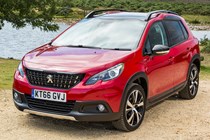
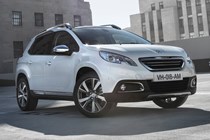

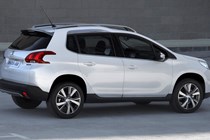
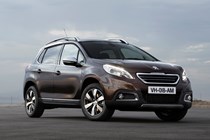

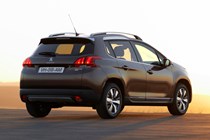
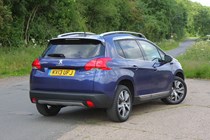
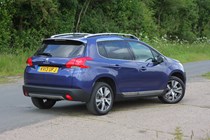
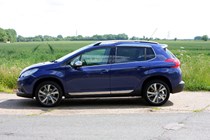
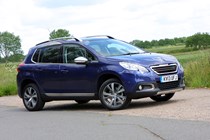
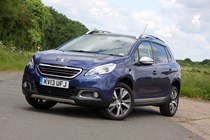
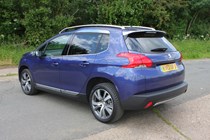
.jpg)
.jpg)
.jpg)
.jpg)
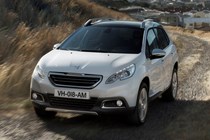
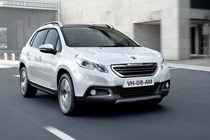
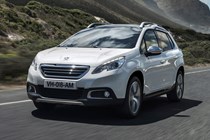
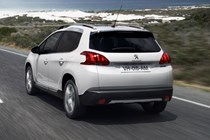
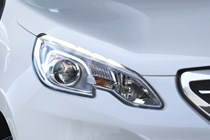
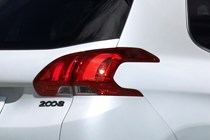

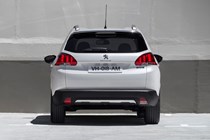
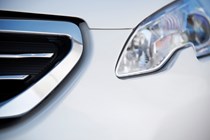
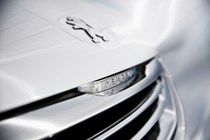


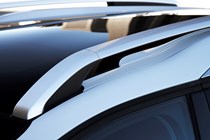
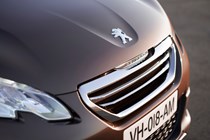
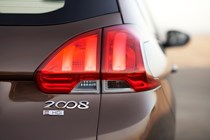

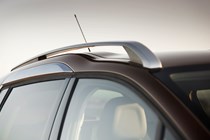
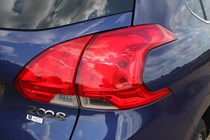

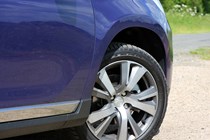
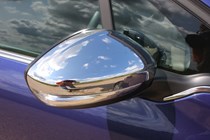


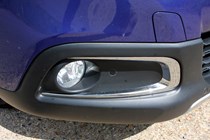
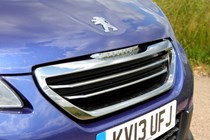

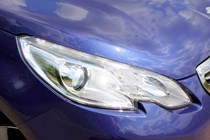
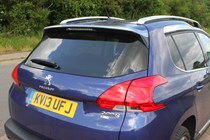

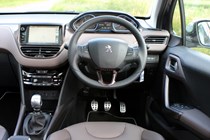
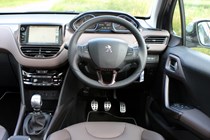
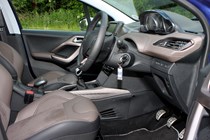
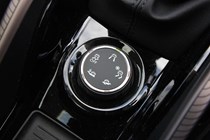
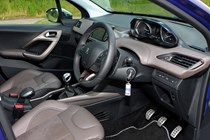
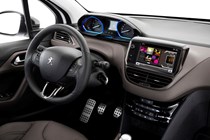
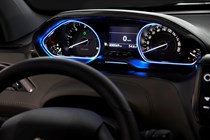

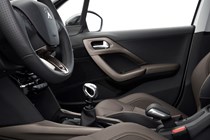
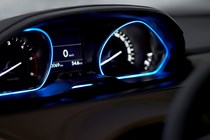
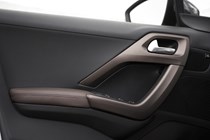

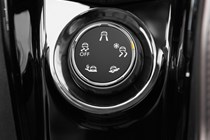
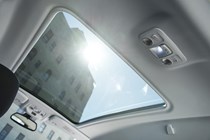
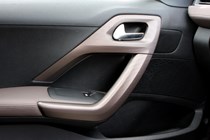

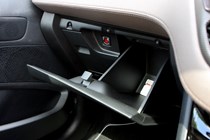
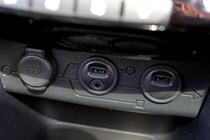
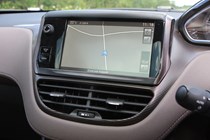


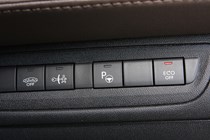
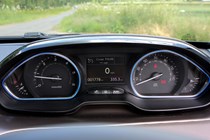
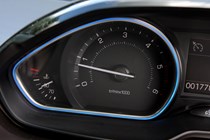
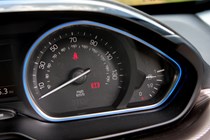
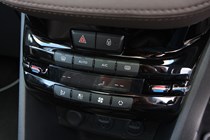
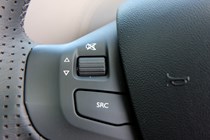

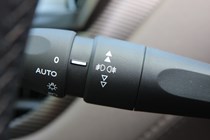
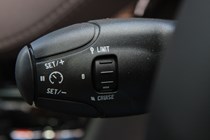
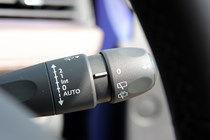
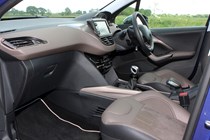
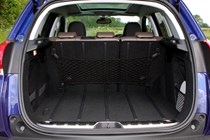
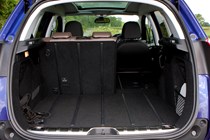

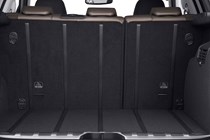
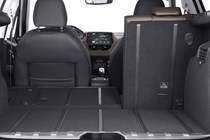
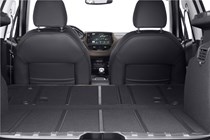
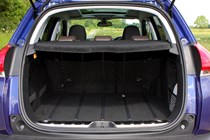
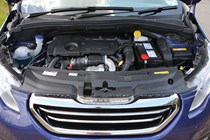

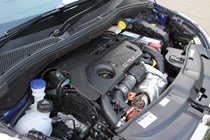
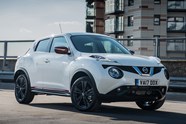
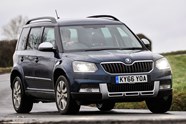
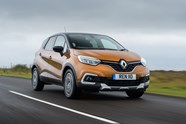













.jpg?quality=50)
.jpg?quality=50)
.jpg?quality=50)
.jpg?quality=50)






































































